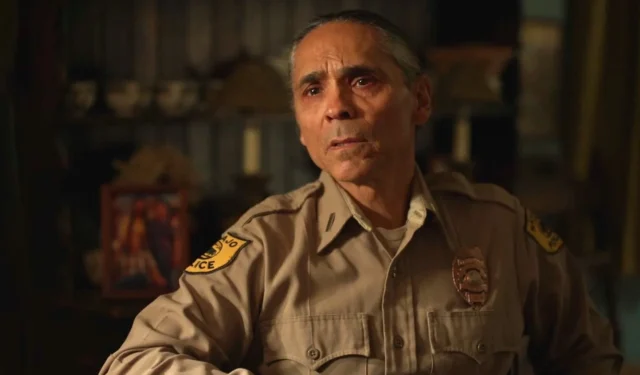This article explores the intricate themes of psychological conflict and justice depicted in Dark Winds, particularly in Season 3, Episode 6.
Warning! This article contains SPOILERS for Dark Winds, Season 3, Episode 6. In this installment, Joe Leaphorn (played by Zahn McClarnon) navigates a deeply complex spiritual path riddled with symbolism, particularly since the murder of BJ Vines continues to haunt him. The tension had been expertly set up in the previous episode, culminating in a significant confrontation that dives into Joe’s mental turmoil. Notably, the episode diverts focus from Bernadette Manuelito (Jessica Matten) and Jim Chee (Kiowa Gordon) to examine Joe’s psyche more closely.
The Dance of Justice: Leaphorn and Washington
The Dance as a Metaphor for Their Relationship
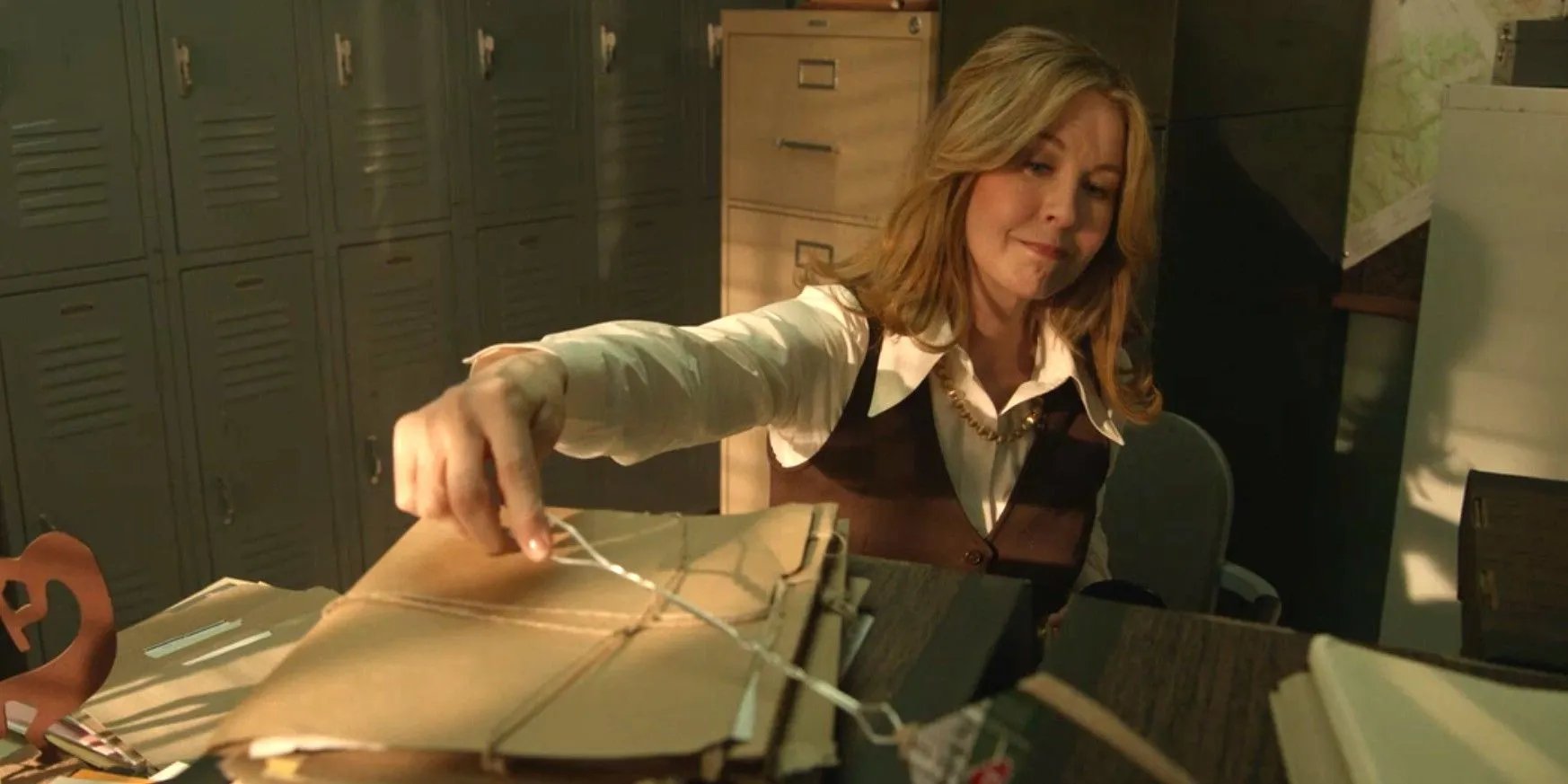
During the dream sequence, Joe encounters FBI Special Agent Sylvia Washington (Jenna Elfman), who invites him to dance. Throughout the season, Washington has been an unwavering presence in Joe’s investigation, often viewed as an adversary. This dance serves as a potent metaphor for their relationship, encapsulating their ongoing struggle between uncovering the truth and enforcing justice.
On a deeper level, their interaction represents two contrasting philosophies of justice: Washington adheres to a conventional system where laws govern the definition of good and evil, evident in her comments about “good guys”among priests and businessmen. Conversely, Joe perceives the flaws in this system, recognizing that anyone can mask malevolence beneath societal labels. This juxtaposition underscores their differing approaches; Washington adheres to the choreographed steps of the legal process, while Joe grapples with the unadulterated reality of justice.
The Symbolism of Emma’s Vegetables
Prioritizing Marriage Over Duty
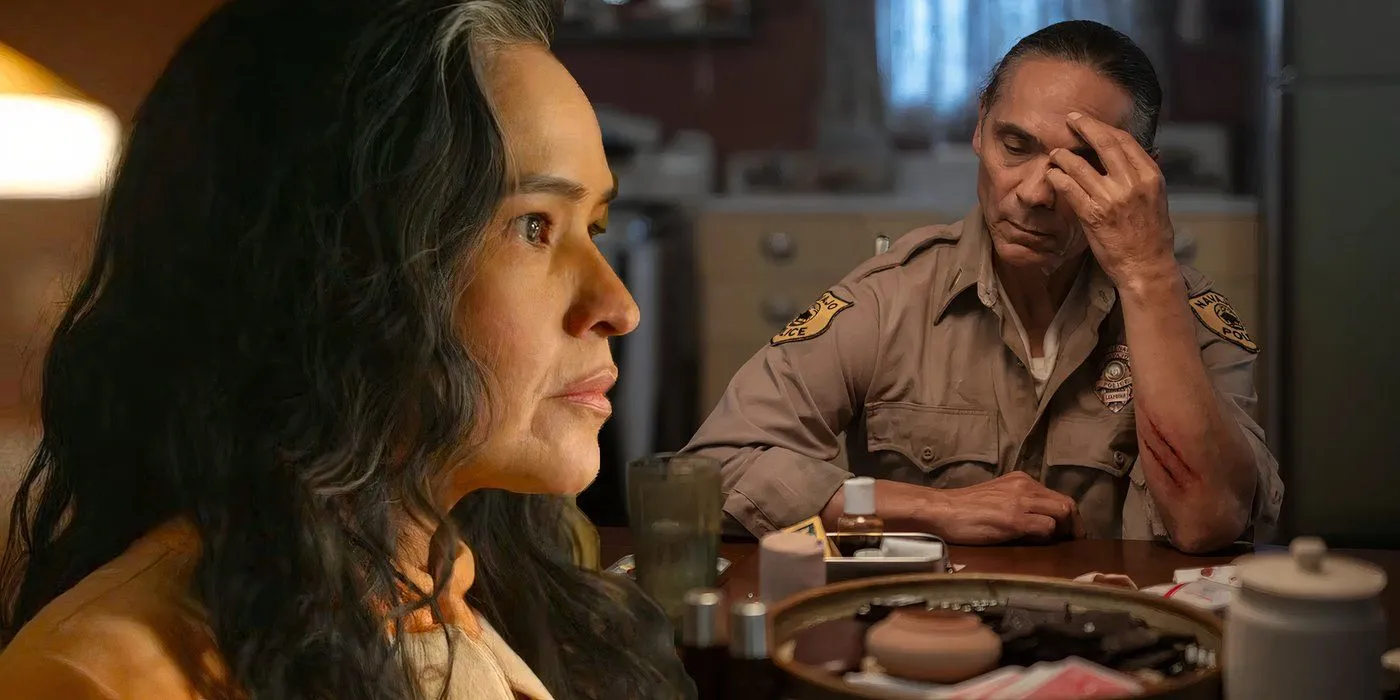
Another illuminating moment in Joe’s dream involves his wife, Emma Leaphorn (Deanna Allison). She appears with a basket of damaged vegetables, lamenting Joe’s neglect in building a fence. While Joe is preoccupied with his current predicament, Emma’s grievances unveil a pivotal theme: his emotional and existential distance from her due to his unwavering commitment to his duties as a police officer.
Emma’s dismay symbolizes the emotional gap that has widened since Joe took decisive—and clandestine—action against BJ Vines, undermining her trust and the foundation of their marriage. Her discourse about the ruined vegetables is a touching lament about Joe’s misplaced priorities, revealing that his instinct to seek justice transcended his role as a husband. This narrative thread highlights Joe’s continual struggle, where the pursuit of justice often clashes with personal relationships.
Uncovering Henry’s Dark Secret
Recontextualizing Henry’s Legacy
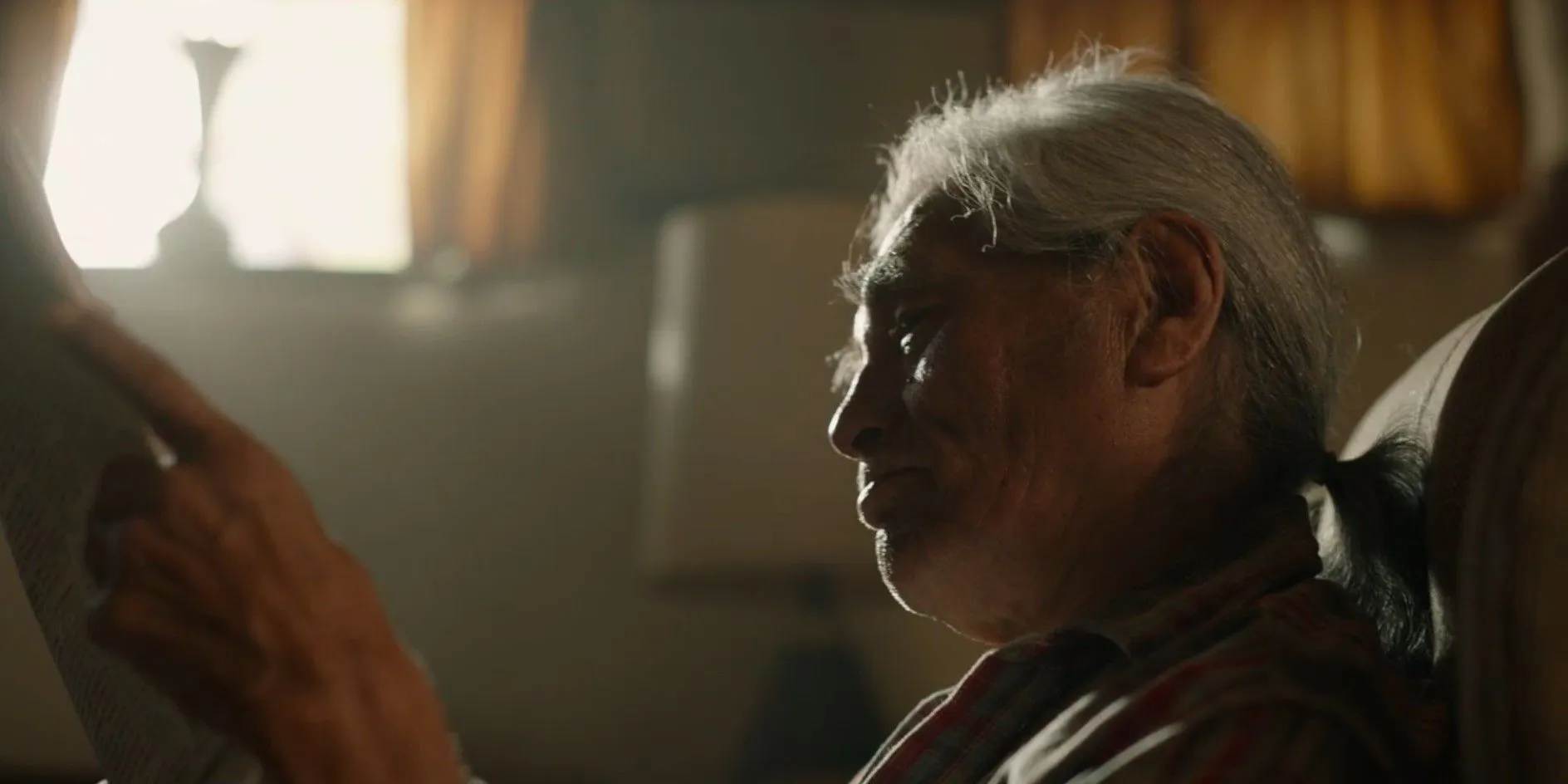
Amid the dream sequences, Joe recalls a priest from his childhood, revealing the tragic history of abuse that his family endured. A shocking revelation surfaces: his father, Henry Leaphorn (Joseph Running Fox), had taken justice into his own hands by killing this abusive priest. This discovery enriches Joe’s understanding of his father’s motives and perspectives on justice.
Henry’s own brand of “Indian Justice,”shaped by personal traumas related to systemic injustice, elucidates his support for Joe’s actions against BJ Vines. It sheds light on Henry’s deep-seated worries about his son’s path, reflecting on the historical neglect faced by Native communities in matters of justice.
Understanding the Ye’iitsoh
The Discovery of Humanity Behind the Fear

As Joe’s dream sequence concludes, he confronts the reality that the Ye’iitsoh—a source of his nightmares—was merely a man disguised in a costume. His discovery, marked by a human handprint he finds after the confrontation, proves that his mind isn’t unraveling; instead, he senses the need to expose a deeper truth. This realization prompts critical questions about identity and the motivations of those around him.
Decoding Joe’s Dreams
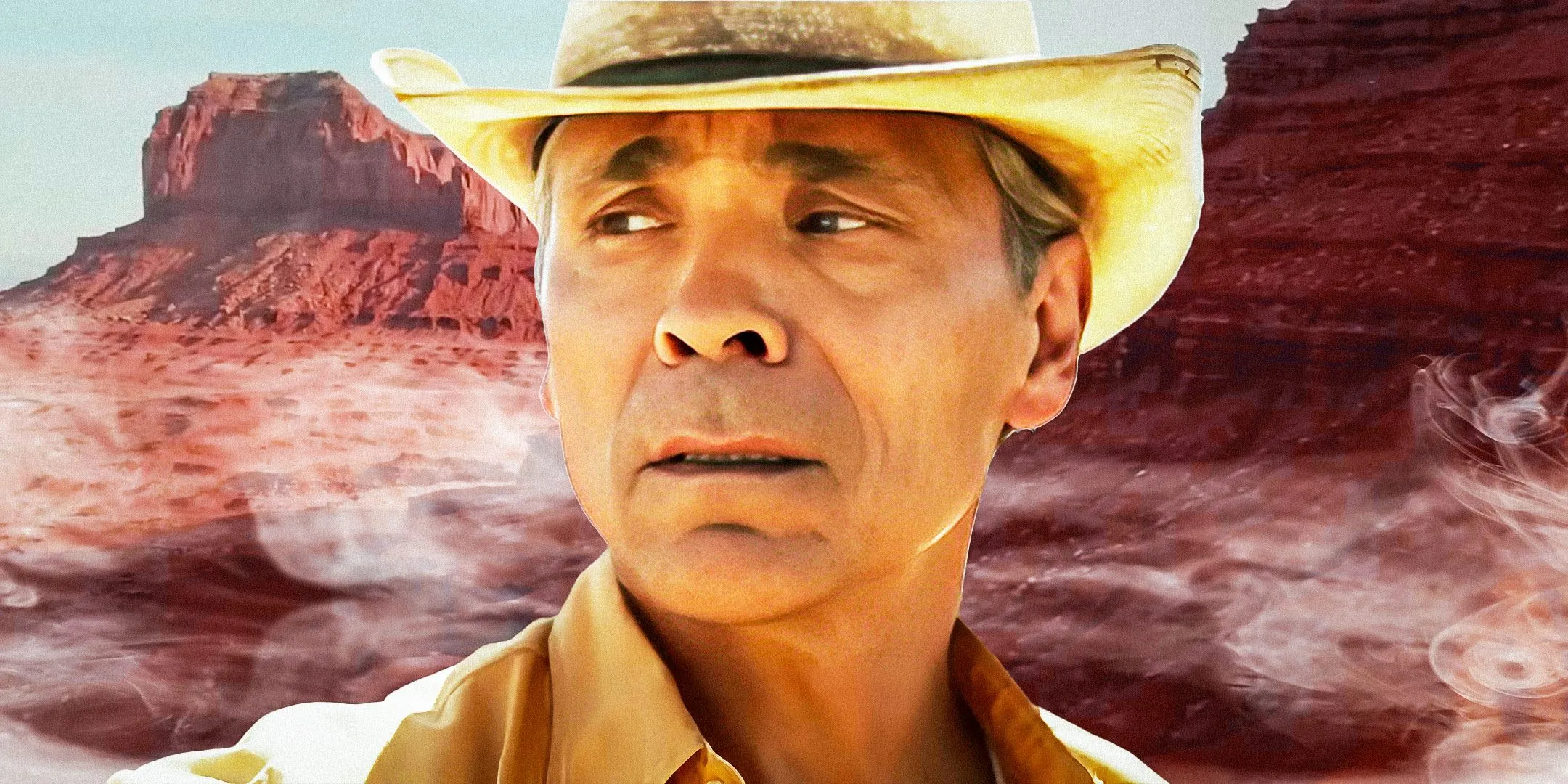
Joe’s encompassing dream experiences serve as pivotal revelations, meant to guide him back to the Pollen Path, according to Margaret’s narration. His spiritual disturbances result from his actions towards BJ Vines and his subsequent unbalanced state, necessitating this introspective journey. Through these dreams, Joe confronts buried memories, reevaluates his principles of justice, and actively engages with the criticisms aimed at his choices.
Ultimately, Joe’s transformative journey is not just about healing but about addressing the roots of his personal and relational conflicts. It is a stepping stone toward understanding his true nature and responsibilities.
Is Joe’s Life in Jeopardy?
Leaphorn’s Condition and Potential for Survival
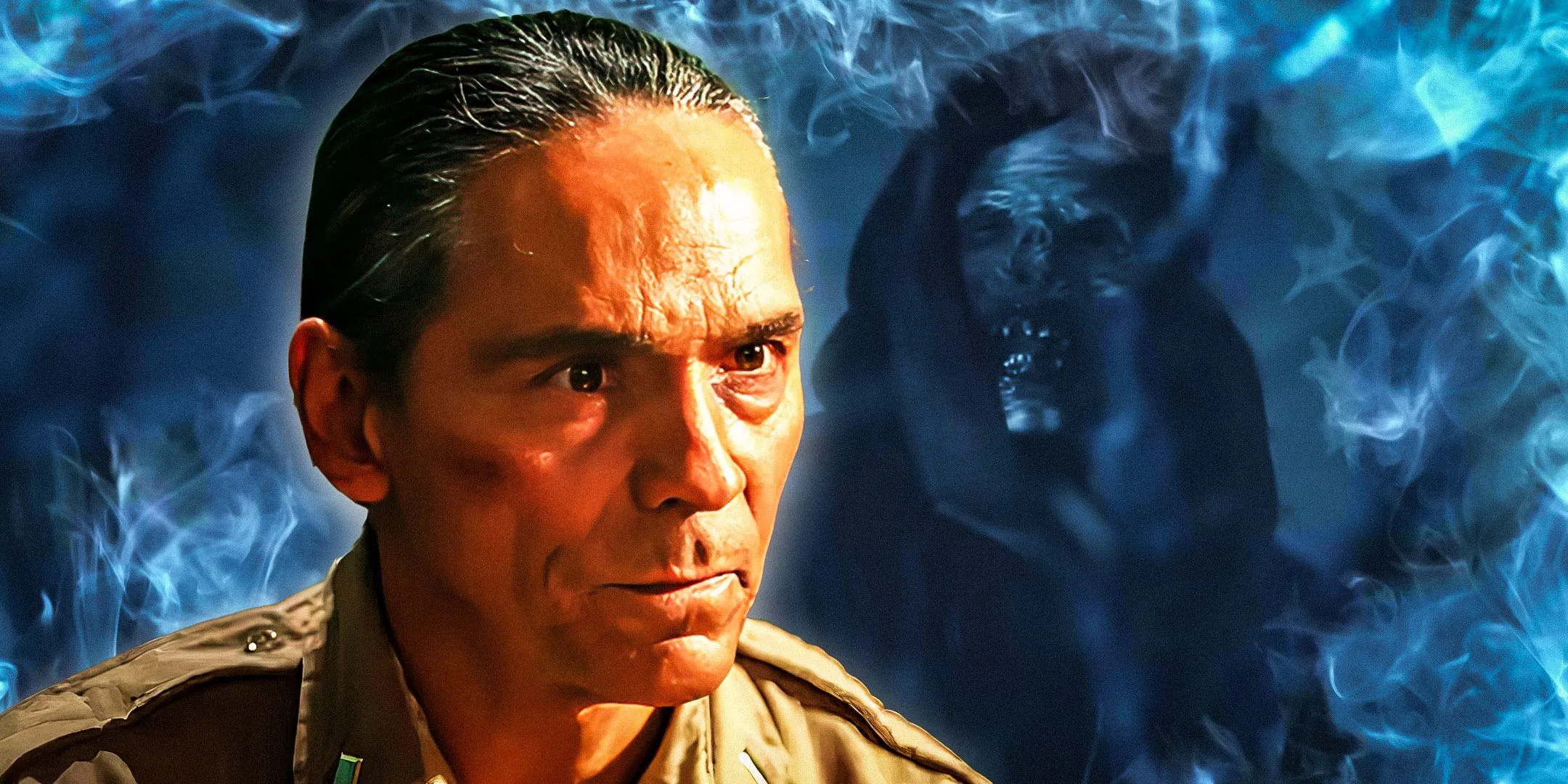
As the episode reaches its climax, Joe appears gravely injured, raising concerns regarding his fate following his encounter with the Ye’iitsoh. However, the narrative suggests he is unlikely to perish this early in the season, especially as his character has just undergone a significant evolution.
Chee’s timely arrival and Joe’s indispensable role in the ongoing story ensure that his survival remains probable. The potential injuries signal not just a physical but also an emotional battle as he must reconcile various aspects of his life—his job, family dynamics, and the pursuit of justice.
| Dark Winds Season 3 Release Schedule | ||
|---|---|---|
| Episode # | Title | Release Date (9 p.m. EDT) |
| Episode 1 | “Ye’iitsoh (Big Monster)” | March 9 |
| Episode 2 | “Náá’tsoh (Big Eyes)” | March 16 |
| Episode 3 | “Ch’į́į́dii (Ghosts)” | March 23 |
| Episode 4 | “Chahałheeł (Darkness Falls)” | March 30 |
| Episode 5 | “Tsékǫ̨’ Hasą́ní (Coal Mine Canyon)” | April 6 |
| Episode 6 | “Ábidoo’niidę́ę́ (What We Had Been Told)” | April 13 |
| Episode 7 | “T’áá Áłts’íísígo (Just a Small Piece)” | April 20 |
| Episode 8 | “Béésh Łį́į́ (Iron Horse)” | April 27 |
In summary, Joe’s ongoing struggles within the narrative highlight significant themes of justice, identity, and relationships. The episode builds upon the foundational elements introduced in earlier episodes, ensuring that viewers remain captivated and eager for the unfolding storyline.
For in-depth details and analysis, refer to this Source & Images.
